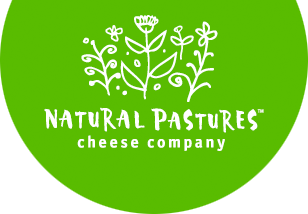Soft Cheeses
Brie and Camembert are bloomy rind cheeses characterized by their edible, downy white rinds. Our internationally recognized, gold medal Comox Brie has a buttery soft interior and a gentle, creamy flavour.
Our Comox Brie & Comox Camembert are delicious served on their own or topped with chutney or tart jam. For optimal flavour, serve at room temperature. Get melt-in-your-mouth cheese when baked in oven at 325°F for 10 minutes. Lovely with baguettes, crackers, toast or in a grilled cheese (especially with fruity bread!). The perfect traditional classic for your cheese plate. Good with white or red wines.
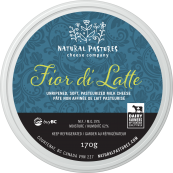
Fior di Latte
Fior originates from the Italian word for ‘flower’ and our Fior di Latte is made from fresh cow’s milk.
Creamy Elegance in Every Bite:
This fresh cheese is made weekly here in the Courtenay cheese factory. A variation of mozzarella, is celebrated for its tender, creamy texture. Each bite offers a rich, milky sweetness that dances on the palate, while the gentle tang infuses the experience with complexity. This cheese embodies the essence of a freshly made Italian-style mozzarella.Confidently pair with white wines such as Sauvignon Blanc and Merlot.
See Also our Mozzzarella di Buffala
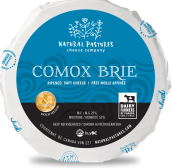
Comox Brie
Our famous Comox Brie exemplifies the traditional, gentle flavour of a superb, bloomy rind cheese. Slight buttery taste and a delightful, creamy texture.
2011 Canadian Cheese Grand Prix, Finalist
2009 World Cheese Awards, Silver Medal
2008 World Championship, Gold Medal

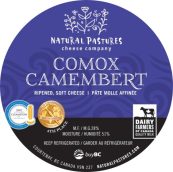
Comox Camembert
Our creamy, rich Camembert has a delicate note of mushroom and a tender bloomy rind.
2011 Canadian Cheese Grand Prix, Finalist
2004 World Championship, Fourth Place
2002 Canadian Cheese Grand Prix, Category: Soft Cheese

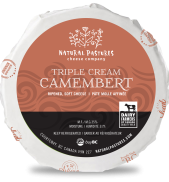
Triple Cream Camembert
Indulge in a decadent, smooth, richer version of our award winner. A creamy finish complements the delicate note of mushroom.
Seasonal only. Watch for it in stores every Fall.
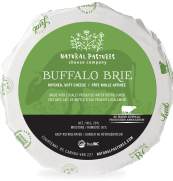
Buffalo Brie
An exotic twist on our world champion Comox Brie, our new Buffalo Brie is the very essence of traditional and inspired cheesemaking. Rich water buffalo milk from the Island transforms this cheese’s texture and allows your taste buds to explore new pathways.
